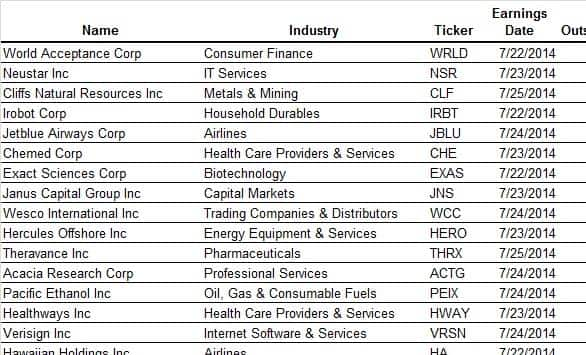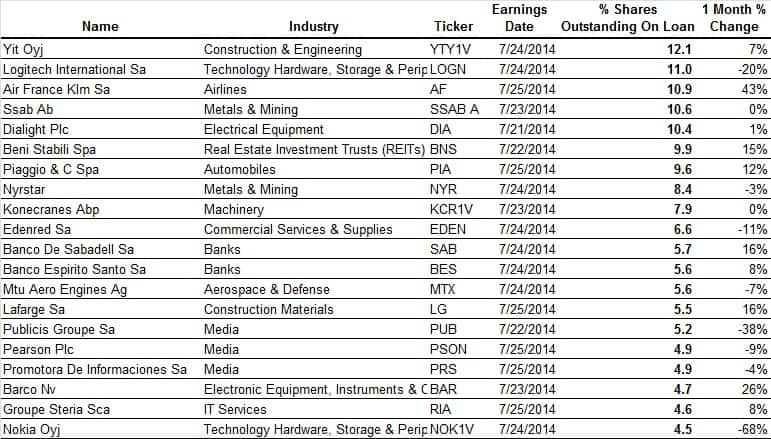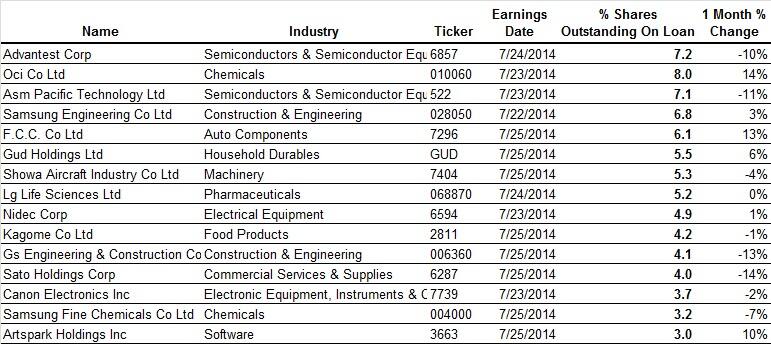Appetite buoyant for fixed income

Despite fears about QE and continuing central bank support of credit markets, the last quarter saw record inflows into fixed income ETPs. We review the trends driving this strong appetite for credit backed assets.
- Inflows into fixed income ETPs have totalled $30.9bn in the last quarter
- Government bonds saw the largest inflows after attracting $15.8bn of new assets
- The increased appetite has played into iShares’s hands, with the issuer seeing $15bn of net inflows since the start of the year
As the global economy continues to gather momentum into summer, we analyse fund flows in fixed income ETPs to see if investors are eschewing credit investing in the lead up to what many see as inevitable rate rises.
Strong demand
Despite the gathering consensus that rate rises are just around the corner, fixed income ETPs have actually proven very resilient over the last quarter. The 830-odd fixed income ETPs which invest in the various shades of the credit market have managed to attract nearly $31bn of inflows for the three months ending in June, marking their best ever quarter. These strong inflows built on a solid first quarter which saw $19.1bn flow to the asset class.
The impressive inflow represents 13% of the assets managed at the end of last year and has taken aggregate AUM up to a record high $424.6bn.
While the asset class has seen a slight pullback in the opening weeks of the third quarter, these outflows are mostly concentrated towards the intermediate US bond funds, iShares 7-10 Year Treasury Bond Fund and ProShares Ultra 7-10 Year Treasury Fund, which have seen a combined $2.25bn of outflows. In fact the number of funds experiencing outflows are still outnumbered by those seeing new inflows by more than five to one.
Government bonds favourite
The last few months have seen investors flock to government bond tracking funds, with these funds seeing $15.9bn of new assets in Q2 to take the aggregate AUM past the $100bn mark for the first time. This is over twice the inflows experienced by government bond tracking products which saw $7.2bn of new assets.

Relative to the assets managed at the start of the quarter, government bonds again come out on top as their strong inflows represent 16% of the asset base that it started the quarter with. Conversely, corporate and blended broad market funds only saw their assets rise by 5 and 4% respectively.
iShares top in fixed income
The strong appetite for fixed income exposure looks to have played into iShares’s hands as the company now manages just shy of $200bn in fixed income tracking products across its European and US arms.
This is over three times the assets managed its nearest competitor Vanguard, which has a 13% market share of fixed income listing with $56bn of AUM. Vanguard does takes the honours of managing the largest fixed income fund as its Total Bond Market Fund has managed to fend off iShares Core US Aggregate Bond Fund at the top to the largest bond fund ranking. Despite missing out on top spot, iShares manages six of the ten largest bond funds.
